Most modern passenger tires bear a tire speed rating, a designation indicating the tire’s designed speed capability. In other words, it’s the fastest speed a tire can handle before it does not perform as designed. Tire speed ratings do not imply that the vehicle may safely be driven at the maximum speed for which the tire is capable, particularly under adverse weather or road conditions.
Find Your Tire
If you’re wondering what tire speed rating your vehicle manufacturer recommends, simply look in the manual. You might also find it in the driver’s side door jamb, the gas tank hatch, or inside the glove box door – anywhere that lists the right tire code for your vehicle.
Speed rating is easy to locate because it’s usually the last item in the character sequence in the tire’s size code. For example in this tire code: “P205/60R16 82S,” S is the speed rating. To view the tire size code for your current tires, just look at the sidewall.
Does the speed rating on each tire match what the manufacturer recommends? It should!
Also remember that the tire speed rating isn’t the same thing as a recommended travel speed. The rating will nearly always exceed maximum highway speed limits, but no tire or vehicle manufacturer advises driving faster than the law allows.
Speed ratings are the product of laboratory testing – with simulated speeds and loads. To receive any kind of rating, a tire must demonstrate that it’s capable of sustaining a particular speed. Industry standards govern the process of reaching and maintaining a given speed during a test.
However, it’s important to remember that the lab can’t simulate every conceivable condition. Think of your tire’s speed rating as an indicator of the product’s capability under controlled conditions (i.e. fully inflated, vehicle running properly, good weather conditions). Your tires’ actual speed capability may be less than its rated speed, since it is affected by factors such as inflation, wear, vehicle condition (including alignment), driving conditions and the duration at which speed is maintained.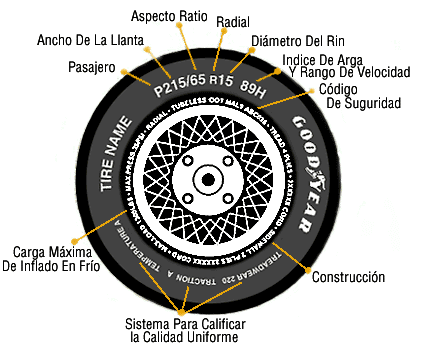 Speed ratings do not apply to tires that have been damaged, altered, under-inflated, overloaded or repaired.
Speed ratings do not apply to tires that have been damaged, altered, under-inflated, overloaded or repaired.
High performance driving all year long
See Tire Details This Tire Fits Your Vehicle See a map of stores near you where you can buy this tire
See Tires That Fit Does Not Fit Your Vehicle
See if it Fits Not Sure If This Tire Fits
Take control of the track
See Tire Details This Tire Fits Your Vehicle See a map of stores near you where you can buy this tire
See Tires That Fit Does Not Fit Your Vehicle
See if it Fits Not Sure If This Tire Fits
Sleek, sporty, and cornering performance
See Tire Details This Tire Fits Your Vehicle See a map of stores near you where you can buy this tire
See Tires That Fit Does Not Fit Your Vehicle
See if it Fits Not Sure If This Tire Fits
Take your sports car for a spin
See Tire Details This Tire Fits Your Vehicle See a map of stores near you where you can buy this tire
See Tires That Fit Does Not Fit Your Vehicle
See if it Fits Not Sure If This Tire Fits
Feel the rush with tires inspired by racing
See Tire Details This Tire Fits Your Vehicle See a map of stores near you where you can buy this tire
See Tires That Fit Does Not Fit Your Vehicle
See if it Fits Not Sure If This Tire Fits
Chase your competitive spirit
See Tire Details This Tire Fits Your Vehicle See a map of stores near you where you can buy this tire
See Tires That Fit Does Not Fit Your Vehicle
See if it Fits Not Sure If This Tire Fits
Impressive grip and control
See Tire Details This Tire Fits Your Vehicle See a map of stores near you where you can buy this tire
See Tires That Fit Does Not Fit Your Vehicle
See if it Fits Not Sure If This Tire Fits
Today’s speed rating system uses letters A through Z. Each letter corresponds to a specific speed. In general, that speed goes up as the rating advances alphabetically. For example, a tire rated “L” is good for a lower maximum sustained speed than one rated “N.”
Each letter corresponds to a specific speed. In general, that speed goes up as the rating advances alphabetically. For example, a tire rated “L” is good for a lower maximum sustained speed than one rated “N.”
But the tire speed rating system isn’t without its quirks. For instance, the system’s European roots give it unusual mile per hour maximums. Another such quirk is that the letter “H” is out of place. Instead of appearing after “G,” it falls between “U” and “V” as does the speed to which it corresponds.
Additional speed rating “anomalies” include the following:
“I,” “O,” and “X” speed ratings don’t exist. Likewise, some speed rating charts don’t include the “P” rating.
Tires with the lowest speed ratings are usually listed as “A” followed by a number– for example, “A1,” “A2, “A3,” and so on.
Some tires carry “W” or “Y” speed ratings. Manufacturers may also insert “Z” into the size description (in the tire code data between aspect ratio and diameter) for these kinds of tires.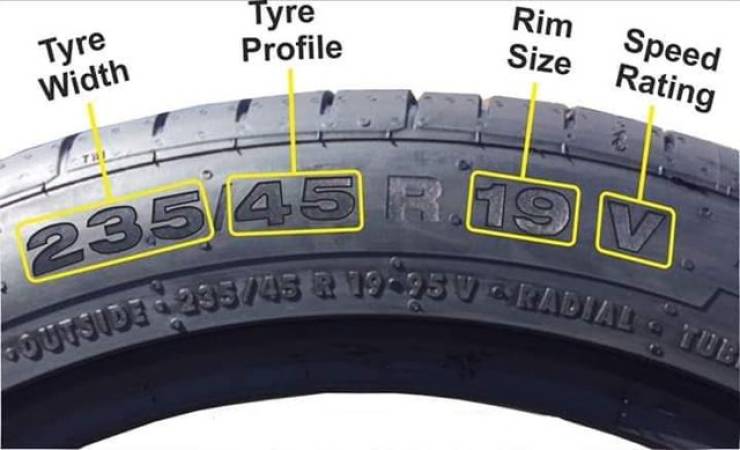
When the speed rating system was first developed, the highest speed rating was the unlimited “V” rating. This was for tires whose maximum sustained speed was 149 mph (240 kph) or more. Then, as more manufacturers came out with tires that could handle speeds in excess of 149 mph but still hit a maximum speed at some point, “V” became limited (149 mph instead of 149+ mph) and “W” and “Y” speed ratings were added to the chart.
Many tire speed rating charts also list the “Z” rating as anything over 149 mph. Some manufacturers will insert a “Z” in the middle of the tire size description (right after the aspect ratio) when the tire is rated at “W” or “Y.” And if a tire is rated in excess of 186 mph (300 kph), manufacturer’s usually will list a “Z” within the size description, per industry standards.
EXPLORE PERFORMANCE TIRESThe following speed ratings are those you’re most likely to encounter for ordinary vehicles. They begin with a maximum speed of 118 mph (190 kph) and increase from there.
They begin with a maximum speed of 118 mph (190 kph) and increase from there.
Indicated by a letter, each rating corresponds to a specific speed.
With a maximum speed of 118 mph, you usually find tires with speed rating “T” on family sedans and minivans.
If you recall from earlier, the “H” speed rating doesn’t appear after “G” but between “U” and “V.” It represents a maximum speed of 130 mph (210 kph) and is commonly found on sports sedans and coupes. In earlier incarnations of the speed rating system, “H” stood for “high performance,” which is why it maintains an unusual position in the speed rating spectrum today.
Once the highest speed rating a tire could have, “V” used to represent a maximum of 149 mph (240 kph) or more. Nowadays, it means 149 mph but no higher.
A relatively new addition to the speed rating chart, tires with speed rating “W” can achieve a maximum sustained speed of 168 mph (270 kph).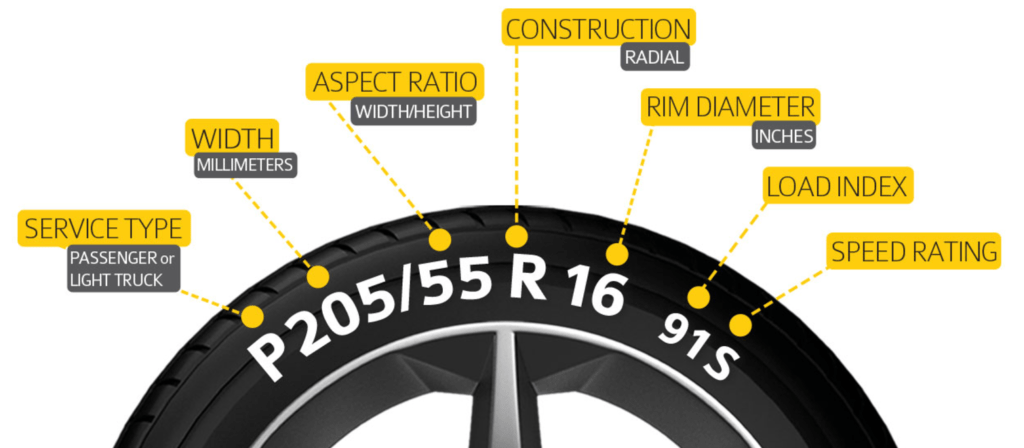
A “Z” rating can mean different things. While it nearly always means a high performance tire for high-performing sports cars, “Z” may actually appear in the middle of a tire’s size information. When it does, it represents either a maximum speed of more than 149 mph (240 kph) or 186 mph (300 kph). Which of those speeds it refers to will depend on the specific tire. Contact the manufacturer to get details on any Z-rated tires. Sports car owners are more likely to encounter this speed rating than owners of typical family sedans.
Always choose the speed rating that corresponds to your vehicle manufacturer’s specifications, and be sure all four tires have the same rating. Speed ratings are based on laboratory tests under specific, controlled conditions. While these tests relate to performance on the road under those conditions, remember that real-life driving is rarely identical to test conditions.
Find Your Tire
A tire’s speed rating indicates the optimal speed that the tire can safely maintain over time.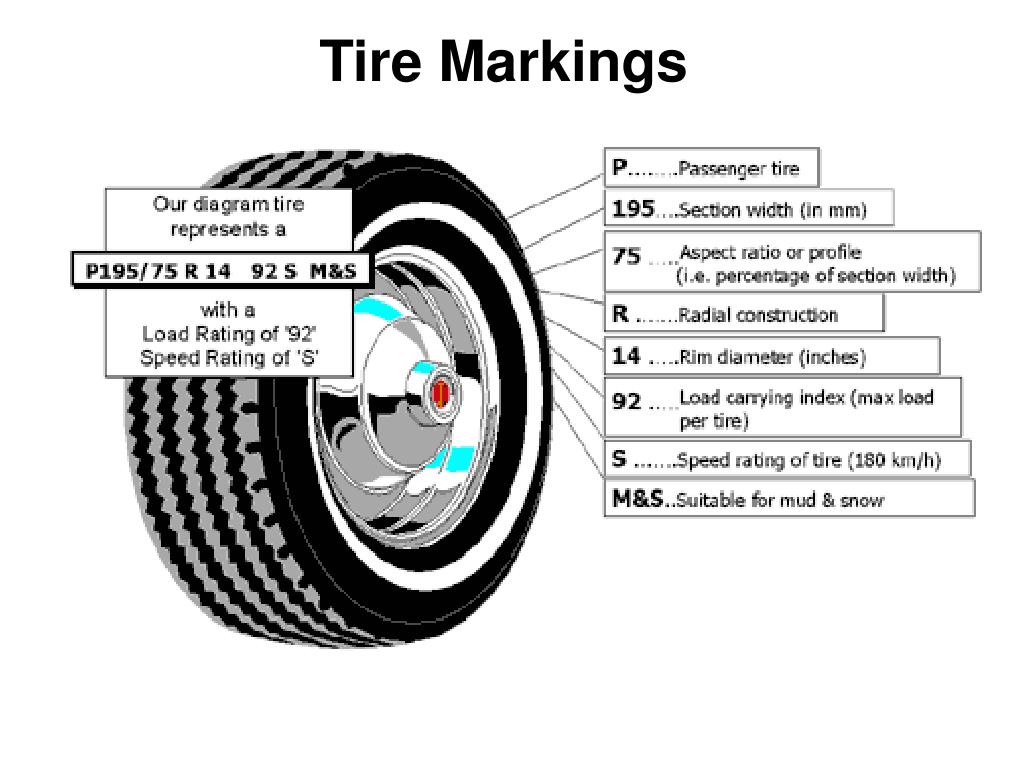 In short, it’s the fastest speed a tire can handle before it no longer performs as designed. The higher the speed rating, the better control and handling you’ll have at higher speeds.
In short, it’s the fastest speed a tire can handle before it no longer performs as designed. The higher the speed rating, the better control and handling you’ll have at higher speeds.
The speed rating system was developed to help control the safe performance of tires at standardized speeds. A tire’s certified speed rating is given a letter from A to Z, ranging from 5km/h (3mph) to above 300 km/h (186 mph).
This rating system (see below) shows the top speed for which a tire is certified. It does not indicate the total performance capability of a tire.
The speed rating system used today was developed in Europe in response to the need to control the safe performance of tires at standardized speeds. When the rating system was originally developed, the "Unlimited V" category of over 210 km/h (130 mph) was the top speed rating possible.
As manufacturers developed bigger and better tires, it became necessary to regulate performance at standardized speeds to ensure safety. The "Limited V" category of 250 km/h (149 mph) was then created, and eventually the "Z" speed rating was added as the top speed rating. (Always consult the manufacturer for the maximum speed of Unlimited Z tires.)
The "Limited V" category of 250 km/h (149 mph) was then created, and eventually the "Z" speed rating was added as the top speed rating. (Always consult the manufacturer for the maximum speed of Unlimited Z tires.)
You can find your tire speed rating in a number of places, typically in the owner’s manual, driver’s side doorjamb, glove box door, and gas tank hatch. Recent standardization has changed so all ratings except "Unlimited ZR" incorporate the speed symbol and load index as part of every tire’s service description on the tire’s sidewall. If you’re reading your tire sidewall, the speed rating will be the last item in the character sequence in the tire’s size code. Below is an example of a the description on a tire’s sidewall: 2015/60R15 91V. Here, the tire would have a speed rating of V. V-rated tires can be driven at 149 MPH.
TIRE DESCRIPTION
| 205/60R15 91V | |
|---|---|
| 205 = Section Width in Millimeters | |
| 60 = Aspect Ration | |
| R = Radial Construction | |
| 15 = Rim diameter in Inches | |
| 91 = Load Index | Service Description |
| V = Speed Symbol | |
Tires having a maximum speed capability over 149 MPH may have “ZR” in the size designation. Tires with a maximum speed capability over 186 MPH are required to include “ZR” in the designation. Below are examples of tire sizes with a “ZR” speed rating.
Tires with a maximum speed capability over 186 MPH are required to include “ZR” in the designation. Below are examples of tire sizes with a “ZR” speed rating.
ZR DESIGNATION
| EXAMPLES | |
|---|---|
| Tire Designation | Maximum Speed |
| P275/40ZR17 93W | 270 km/h (168 mph) |
| P275/40ZR17 93Y | 300 km/h (186 mph) |
For tires with a maximum speed capability higher than 240 km/h (149 mph), a "ZR" may appear in the size designation. Tires with a maximum speed capability higher than 300 km/h (186 mph), require a "ZR" in the size designation. Consult the tire manufacturer for maximum speed when there is no service description.
TIRE SPEED CAPABILITIES
| SPEED SYMBOLS | ||
|---|---|---|
| Symbol Speed | Speed (km/h) | Speed (mph) |
| A1 | 5 | 3 |
| A2 | 10 | 6 |
| A3 | 15 | 9 |
| A4 | 20 | 12 |
| A5 | 25 | 16 |
| A6 | 30 | 19 |
| A8 | 40 | 25 |
| B | 50 | 31 |
| C | 60 | 37 |
| D | 65 | 40 |
| E | 70 | 43 |
| F | 80 | 50 |
| G | 90 | 56 |
| J | 100 | 62 |
| K | 110 | 68 |
| L | 120 | 75 |
| M | 130 | 81 |
| N | 140 | 87 |
| P | 150 | 94 |
| Q | 160 | 100 |
| R | 170 | 106 |
| S | 180 | 112 |
| T | 190 | 118 |
| U | 200 | 124 |
| H | 210 | 130 |
| V | 240 | 149 |
| W | 270 | 168 |
| Y | 300 | 186 |
Need help understanding the speed rating on tires? Our technicians have got you covered.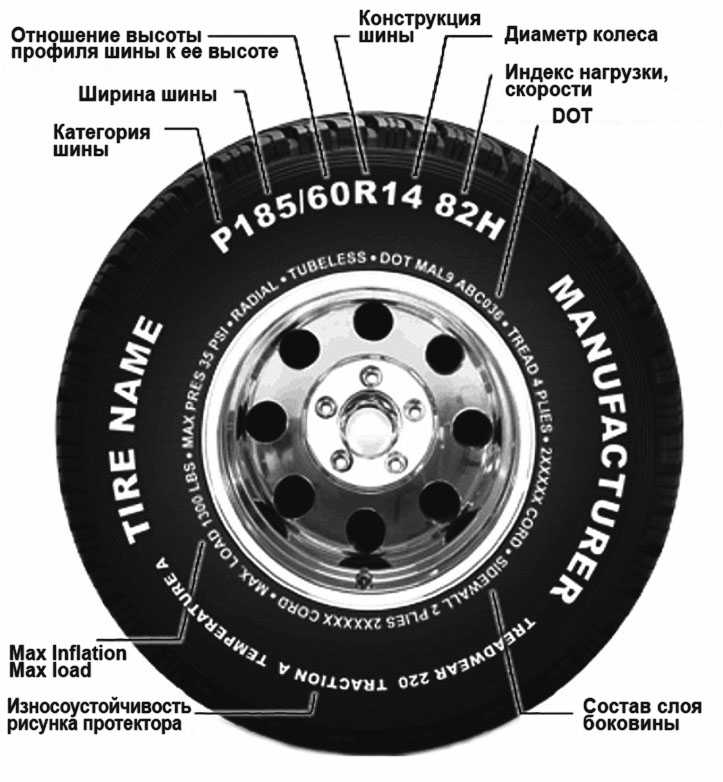 Bring your vehicle by your local Tires Plus and we’ll help you understand your tire numbers, tire size, and more!
Bring your vehicle by your local Tires Plus and we’ll help you understand your tire numbers, tire size, and more!
{{storeNumber}}
{{storeName}}
{{link-icon "Call Us" mobileCallLink null "call-cta"}} {{link-icon "Directions" directions "_blank" "directions-cta"}}
{{address}}
{{city}}, {{state}} {{zip}}
{{#if activeFlag}} {{#ifCond mystore "or" myPreferredStore}} {{#ifCond storeType 'eq' "TPL"}}
*Call store for appointment {{phone}}
{{else}} {{#if onlineAppointmentActiveFlag }}
{{#if myPreferredStore}}
{{else}}
*Call store for appointment {{phone}}
{{/if}} {{/ifCond}} {{else}} {{#ifCond storeType 'eq' "TPL"}}
*Call store for appointment {{phone}}
{{else}}
Schedule Appointment {{#if onlineAppointmentActiveFlag}} {{else}}
*Call store for appointment {{phone}}
{{/if}}
{{/ifCond}} {{/ifCond}} {{else}}
*Temporarily Closed Due To: {{temporarilyClosedReason}}
{{/if}} {{#if isMilitaryStore}}
*This location is on an active US military base.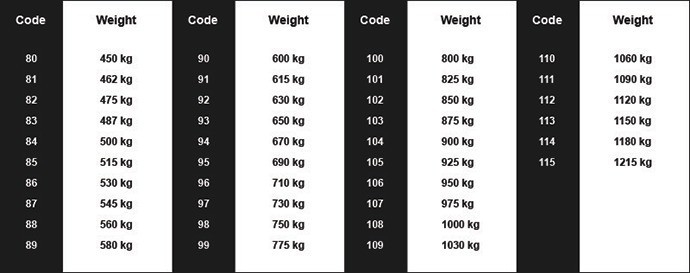 You may need military ID to access the location.
You may need military ID to access the location.
{{/if}}
The material provides basic information on deciphering tire speed and load indexes for a better understanding of which model may be ideal for your car and driving style.
Car tires are an important element of any vehicle. They provide the movement of the car, are responsible for its safety. Depending on the category and purpose, tires are labeled, which carries all the necessary information. When choosing, you need to understand what the index on the tires means.
In addition to width, profile height and diameter, tire markings contain two other parameters - load index and speed index. They mean the type of tire, taking into account certain indicators. Inform about the maximum allowable load on the tire and the maximum speed of passenger cars. These values are interrelated - the load index shows the maximum load at the declared maximum allowable speed.
These values are interrelated - the load index shows the maximum load at the declared maximum allowable speed.
The tire speed index indicates the maximum allowable value of this indicator, at which the operation of this type of tire is possible. If this requirement is not observed, negative consequences are possible in the form of rapid tire deformation and reduced vehicle controllability.
The speed index of the tire was obtained empirically during bench tests conducted by the manufacturer. To designate the indicator, the letters of the Latin alphabet are chosen, each of which corresponds to a certain speed of the vehicle. At the same time, the letter A means that the car tire is designed for a minimum speed of 5 km / h, the letter Z denotes high-speed types of tires. In the latter case, the car can be operated at speeds above 300 km/h. In addition, there are designations consisting of two letters. This marking means the range of acceptable speed indicator.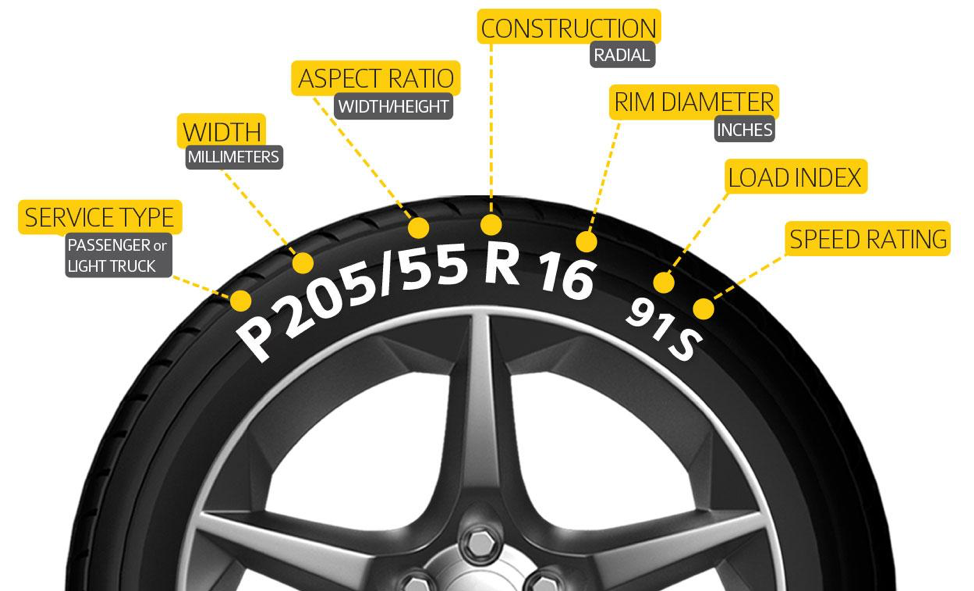 For example, the combination VR means that tires from 210 km/h to 300 km/h are allowed.
For example, the combination VR means that tires from 210 km/h to 300 km/h are allowed.
The interpretation of the speed index is tabulated. Below in a brief table are indices that indicate the type of tires most typical for a passenger car:
This is not a complete tire labeling table. Rubber for special equipment has lower speed indicators. The decoding is similar - the closer the index is to the beginning of the alphabet, the lower the allowable speed.
The indicated vehicle tire indexes show the maximum values. In this case, it is recommended to adhere to the parameter 10-15% lower than the decoding in the table.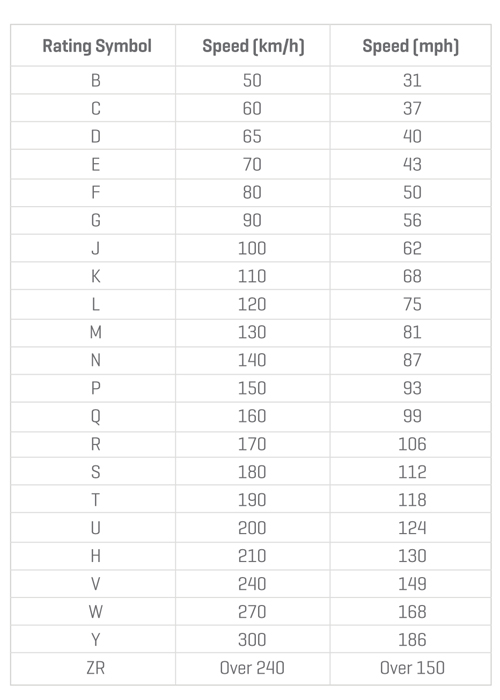
In addition to the speed index, the tire is also marked with a load indicator. Tire load indices indicate the maximum load a tire can carry. The values of such marking are also tabulated and are closely related to the previous parameter. The interpretation of the indices is also connected - tires can withstand the maximum load at the maximum allowable vehicle speed. At the same time, the same load indicator can be relevant with different speed distinctions, provided that the size is the same.
The load index is inextricably linked with the size of the rubber. Consists of two, rarely three digits. The decoding is indicated in the table of values:
There are tables with a detailed interpretation of the marking of car tires.
Summer Drive Protection Sound Comfort
Rating:
4. 5
5
Tires Goodyear Eagle F1 Asymmetric 3 SUV
Summer Drive protection
Rating:
4.5
Tires Goodyear Eagle Sport TZ
Summer Drive protection
Rating:
4.5
Tires Goodyear EfficientGrip 2 SUV
Summer Drive Protection Run On Flat
Rating:
4.5
Tires Goodyear EfficientGrip Performance
Winter Drive protection
Tires Goodyear UltraGrip Arctic 2 SUV
Winter Drive Protection Sound Comfort
Rating:
4. 5
5
Tires Goodyear UltraGrip Ice 2
Winter Drive Protection Sound Comfort
Rating:
4.5
Tires Goodyear UltraGrip Ice SUV
Winter Drive protection
Tires Goodyear UltraGrip Performance+ SUV
All season Drive Protection
Rating:
5
Tires Goodyear Vector 4Seasons Gen-3 SUV
Summer Drive Protection Run On Flat
Rating:
4
Tires Goodyear Wrangler HP All Weather
All season Drive Protection
Rating:
4. 5
5
Tires Goodyear Vector 4Seasons
Summer
Rating:
4.5
Tires Goodyear Wrangler All-Terrain Adventure with Kevlar
Summer Drive Protection
Rating:
4.5
Tires Goodyear EfficientGrip SUV
Summer Drive Protection Run On Flat
Rating:
4
Tires Goodyear Eagle F1 Asymmetric SUV
There is also a so-called increased tire load parameter.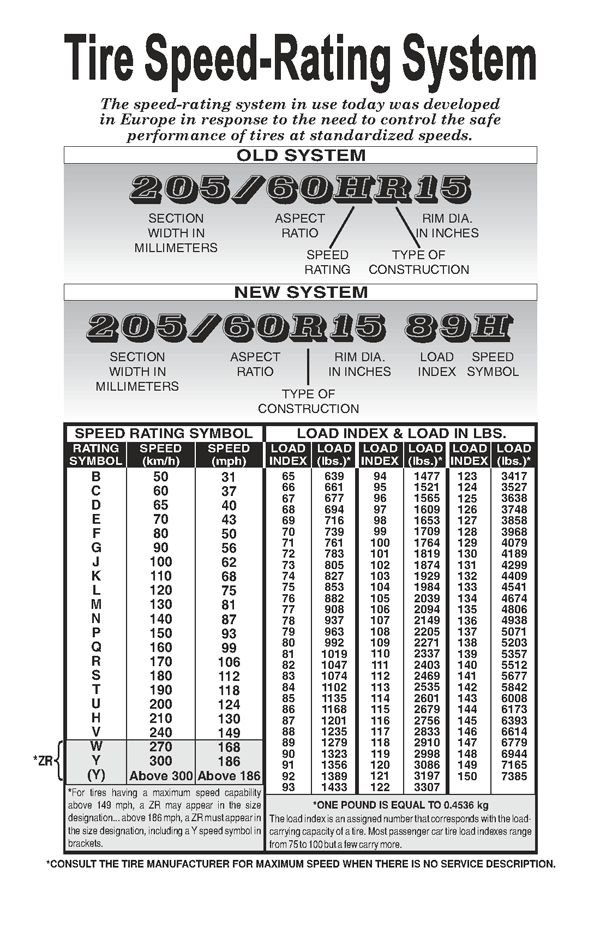 They have an additional letter combination XL, which means Extraload. At the same time, one should not exaggerate the capabilities of such a tire - the load on the tire should not exceed the limit value too much, even despite the increased indicator.
They have an additional letter combination XL, which means Extraload. At the same time, one should not exaggerate the capabilities of such a tire - the load on the tire should not exceed the limit value too much, even despite the increased indicator.
It is worth noting that the meaning of the markings complies with the requirements of ETRTO (European Technical Organization for Wheels and Tires). In the USA and a number of other countries, there are other standards that have some differences in labeling. So, tires for passenger cars have an additional letter P in the marking, which means "passenger". They have a reduced load rating, so you should be very careful when choosing tires with this marking. It is necessary to study the interpretation of the values in the tables before purchasing the product and installing it on a vehicle.
Distribution has received a dual load parameter. This is also the American approach to tire labeling. In this case, the designations on the tires have the combination LT.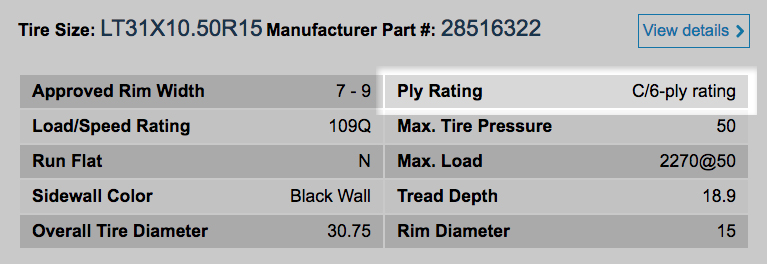 These letters mean - "light truck" (pickup or just a light truck). In this case, the marking is a double number - for example 120/117. If the marking contains the designation LT, then the number of tires on one axle must be taken into account. If there are four wheels on two axles, then a larger number should be used. In this case, the value 120 has a decoding of 1400 kg for one tire or 5600 for all wheels. If the car is equipped with six wheels on 2 axles (dual rear), then it is necessary to take a lower indicator in the marking - 117, which corresponds to 1285 kg per wheel or 7710 for two axles. Thus, it turns out that a vehicle with dual tires can carry more cargo with less load. Therefore, it is important to understand the interpretation of various designations.
These letters mean - "light truck" (pickup or just a light truck). In this case, the marking is a double number - for example 120/117. If the marking contains the designation LT, then the number of tires on one axle must be taken into account. If there are four wheels on two axles, then a larger number should be used. In this case, the value 120 has a decoding of 1400 kg for one tire or 5600 for all wheels. If the car is equipped with six wheels on 2 axles (dual rear), then it is necessary to take a lower indicator in the marking - 117, which corresponds to 1285 kg per wheel or 7710 for two axles. Thus, it turns out that a vehicle with dual tires can carry more cargo with less load. Therefore, it is important to understand the interpretation of various designations.
For the European market, under the ETRTO standard for marking automobile tires, there is an analogue of the American LT - the designation "C", which means commercial (commercial). In this case, the designations on the tires look like this - C105.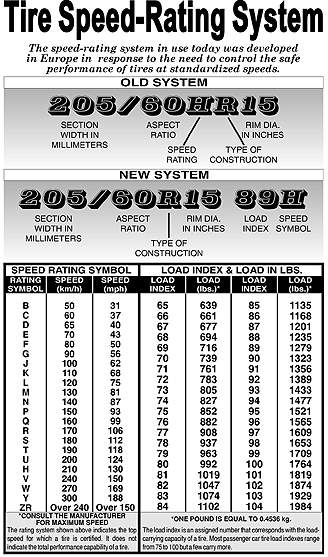 They are used for light trucks or minibuses.
They are used for light trucks or minibuses.
To choose the right car tires, you must use the marking table and take into account the limitations of the vehicle manufacturer.
To choose tires for your car, you need at least a little understanding of the decoding of marking symbols. For these purposes, a table of load and speed indices is used, which provides the necessary information and a decoding of two important parameters.
At the same time, the approach is simple - the load capacity indicator corresponds to the size of the tire. Choosing "your", recommended, type, you simultaneously get the required value of the indicator. Heavy duty vehicles or SUVs may require a higher load rating option. In this case, it is necessary to study the technical documentation for the vehicle in order to obtain information about the required type of tires. There is no special decoding or table, you must follow the manufacturer's recommendations.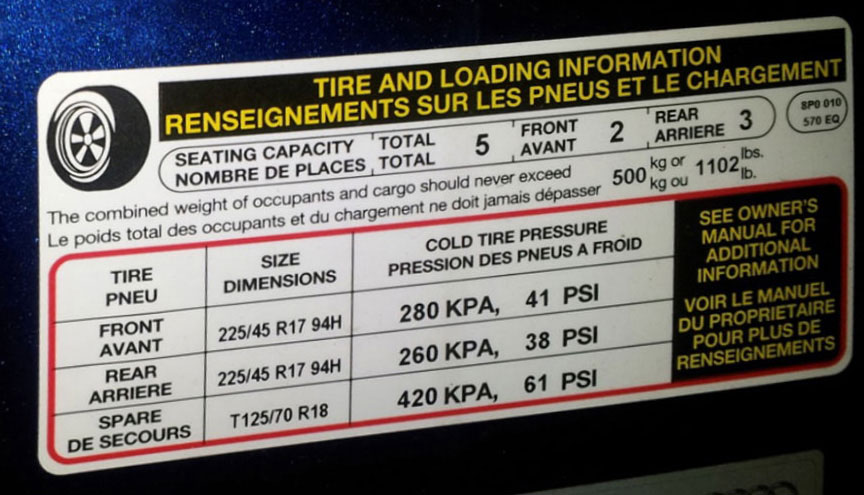 The speed indicator must have a value not lower than the initial value set at the vehicle manufacturer.
The speed indicator must have a value not lower than the initial value set at the vehicle manufacturer.
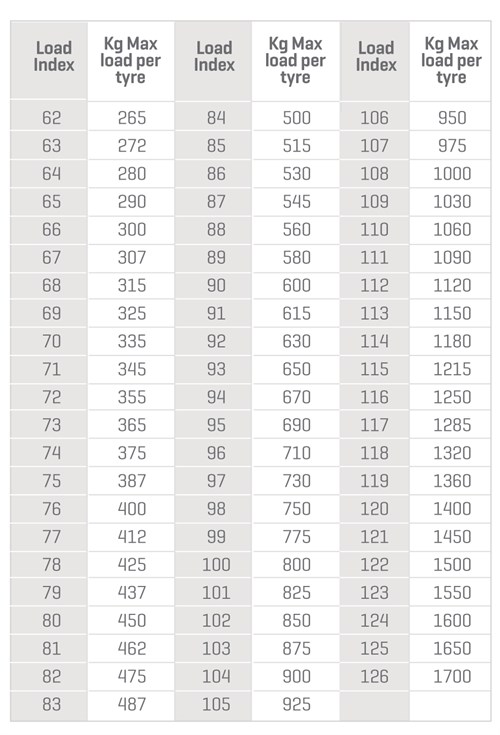
Let's take for analysis, for example, such a tire - Continental ContiCrossContact Winter 285/45 R19 111V XL FR MO
Continental - tire manufacturer
ContiCrossContact Winter - tire model
285 - tire width in mm
45 - percentage of tire profile height to width
R19 - inner diameter of the tire in inches (letter R means tire design - radial, do not confuse with radius)0427 111 - load index (maximum 1090 kg per tyre), see table below
V - speed index (maximum 240 km/h), see table below wheel rim protector
M0 – a tire designed for Mercedes-Benz
Tires for light trucks and trucks are labeled a little more specifically.